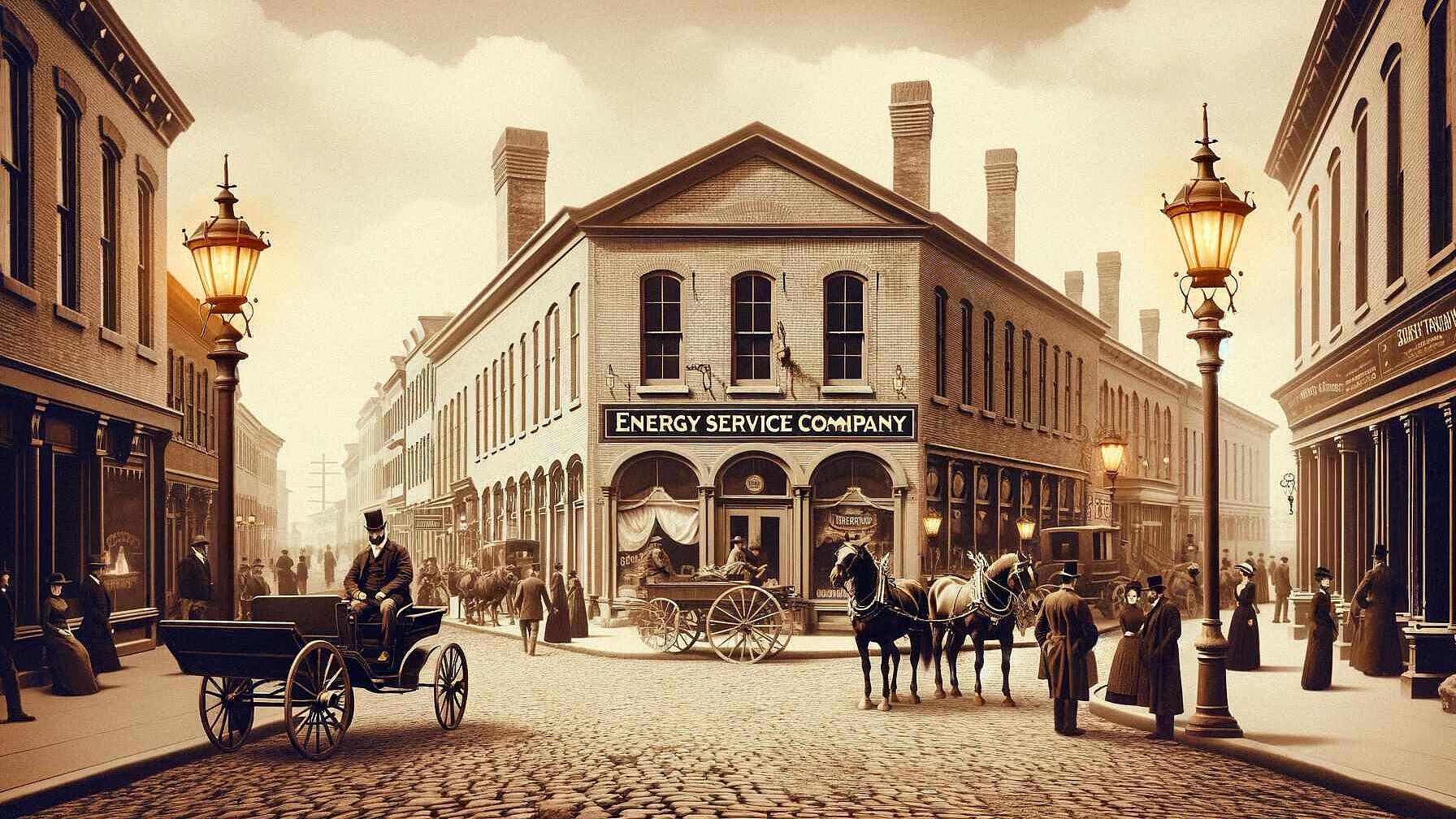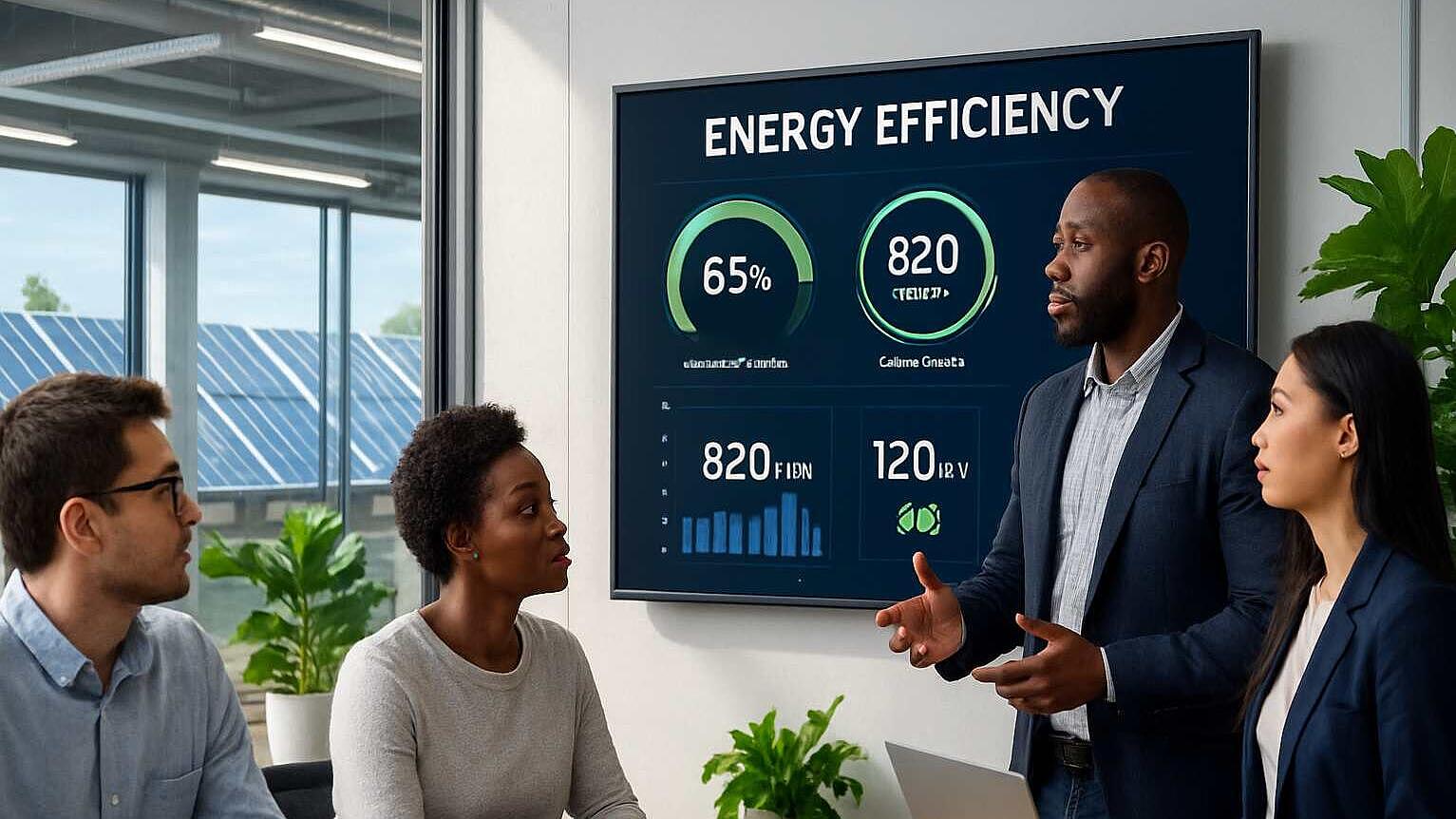 Energy Efficiency
Energy EfficiencyBeyond Energy Savings: Unlocking the True Value of Energy Efficiency for Future Leaders
Summary
The M-Benefits research initiative, encompassing 23 pilot projects in Europe, Switzerland, and the US, has spotlighted the extensive "non-energy benefits" (NEBs) associated with energy efficiency investments. These NEBs, frequently overlooked in traditional evaluations which focus on immediate energy savings, include enhanced product quality, improved worker safety, better brand reputation, and strategic business alignment. The study found that integrating NEBs can significantly boost financial metrics, raising the average internal rate of return from 24% to 59%, and reducing the average payback period from 18 years to just 6 years. Overall, the presence of these non-energy benefits can convert energy efficiency projects from marginal to strategically crucial investments. The research also identifies diverse NEBs relevant across sectors, such as reduced operational risks, lower maintenance costs, and increased worker satisfaction. Real-world case studies, including one at a 3M plant, demonstrate the practical application of acknowledging NEBs in greenlighting projects initially stalled due to operational concerns. These insights suggest a shift for professionals in how to present energy efficiency projects—from cost-saving initiatives to strategic business enhancements that contribute to long-term competitiveness and sustainability.
Open full article
Beyond Energy Savings: Unlocking the True Value of Energy Efficiency for Future Leaders
Rethinking the Value of Energy Efficiency in Business
Imagine convincing a CEO to greenlight an energy efficiency upgrade. You present the projected energy savings and quick payback. Still, the deal stalls—energy isn’t the core business, and leadership is unmoved. Sound familiar? This is the reality many energy professionals face, and it’s why countless promising projects never leave the drawing board.
But what if energy efficiency could deliver far more than just reduced energy bills? What if it could also boost product quality, worker safety, brand reputation, and even drive the company’s long-term strategy?
A groundbreaking study conducted across 23 pilot projects in Europe, Switzerland, and the US, and synthesized in the M-Benefits research initiative, has shown that energy efficiency investments unlock a treasure trove of "non-energy benefits" (NEBs). When these NEBs are properly understood and valued, they can be the key to convincing even the most finance-driven decision makers to invest.
From Energy Audits to Strategic Business Wins
Traditionally, energy efficiency investments have been evaluated based only on energy cost savings—a narrow lens that often fails to reflect the full impact of these projects. This conventional approach, rooted in financial logic, overlooks the broad spectrum of positive outcomes energy efficiency can bring to a business.
The M-Benefits project challenges this mindset. It demonstrates that NEBs—such as improved process reliability, reduced maintenance costs, enhanced staff well-being, and reduced risks—can often far outweigh the pure energy savings. In some cases, NEBs make up two-thirds of the total financial value delivered by energy efficiency projects.
Key statistics from the study:
- Across the 23 pilots, 251 non-energy benefits were identified, 58% of which were quantifiable.
- Including NEBs in investment calculations increased the average internal rate of return (IRR) from 24% to 59%.
- The average payback period was cut from 18 years to just 6 years.
The implications are profound: when NEBs are integrated into business cases, projects that would otherwise be rejected as marginal become attractive, even essential, strategic investments.
The Hidden Business Benefits: What Companies Are Missing
So, what exactly are these non-energy benefits? The research identified a wide array, both quantitative and qualitative, that cut across different sectors and project types:
- Reduced CO₂ and energy price risks
- Lower maintenance costs
- Stronger alignment with corporate vision and sustainability strategy
- Improved staff satisfaction and loyalty
- Fewer workplace accidents and occupational diseases
- Enhanced reputation and customer trust
- Improved product quality and consistency
- Reduced unplanned downtimes and equipment breakdowns
Each of these benefits doesn’t just save money—they support the core objectives that drive business success. For instance, better air quality and thermal comfort improve employee productivity, which is directly monetizable. Lower accident rates foster a safer, more loyal workforce. Reducing unplanned downtime can have a huge impact on profitability and customer satisfaction.
Even benefits that are harder to quantify, like improved reputation or alignment with sustainability goals, can create long-term value—attracting top talent, winning new business, and increasing resilience against regulatory or market changes.
Real-World Impact: Case Studies from the Field
The M-Benefits project didn’t just theorize—it tested these concepts in real companies. Projects ranged from glass, aluminum, and food industries to supermarkets and public buildings. The organizations varied in size, ownership, and energy maturity, demonstrating that these findings are broadly applicable.
One standout case involved a 3M manufacturing plant in the US. Despite a payback period of less than a year from energy savings alone, the project was initially blocked due to concerns about production downtime. Only when NEBs like reduced risk of accidents, fewer raw material losses, and lower unplanned downtime were recognized did the project move forward. The lesson: strategic benefits can be the true decision-makers in industrial investment.
Shaping the Future: Opportunities for Young Innovators
For students and young professionals eager to make an impact, the findings of this research open up a new frontier. Instead of pitching energy efficiency solely on its financial merits, future leaders can frame these projects as strategic levers for competitiveness, resilience, and sustainability.
What can you do differently?
- Learn to identify and quantify NEBs relevant to your sector.
- Speak the language of senior management—connect energy projects to business strategy, value proposition, and risk reduction.
- Use new methodologies, like those developed in the M-Benefits project, to create compelling investment cases that reflect the real-world impact of your proposals.
As businesses worldwide seek to decarbonize and future-proof their operations, professionals who can bridge the gap between technical energy savings and broader organizational goals will be in high demand.
Ready to Test Your Knowledge? Play and Compete with Enerwhizz!
Are you ready to dive deeper into the world of energy and sustainability? Challenge yourself and your peers by playing Enerwhizz, the multilingual, fast-paced mobile quiz game. Each round lasts just 45 seconds, and you’ll compete in leagues, take on missions, and win gems, prizes, and ET coins. Whether you’re a student or a professional, it’s a fun and interactive way to sharpen your knowledge and stay ahead in the energy transition!
Key Takeaways
The next wave of energy efficiency is about more than cutting kilowatts—it’s about creating business value, strengthening strategy, and contributing to a sustainable future. By embracing the full spectrum of benefits, young professionals and companies alike can turn energy efficiency from a “nice-to-have” into a must-have competitive advantage.
As the M-Benefits project shows, recognizing and integrating non-energy benefits isn’t just smart business—it’s essential for unlocking the true potential of energy efficiency. With the right mindset, skills, and tools, the future of sustainable business is wide open.
Sources & more…
More on NEB: https://www.researchgate.net/publication/373632780_Integrating_the_non-energy_benefits_of_energy_efficiency_into_business_decision-making_results_of_23_pilot_assessments_in_European_companies
More on D2050, the underlying EU project, check via “all EEIP projects”: https://projects.ee-ip.org/#ongoing-projects
More information on the EnerWhizz mobile quiz game, check: https://www.enerwhizz.info/



